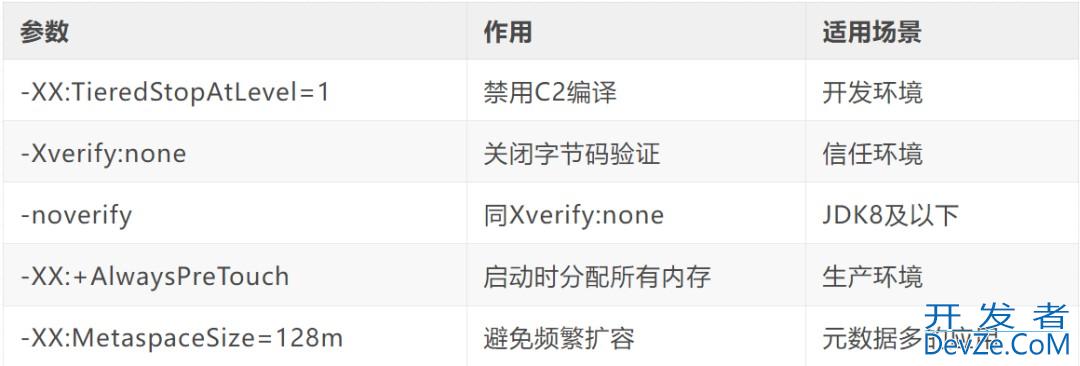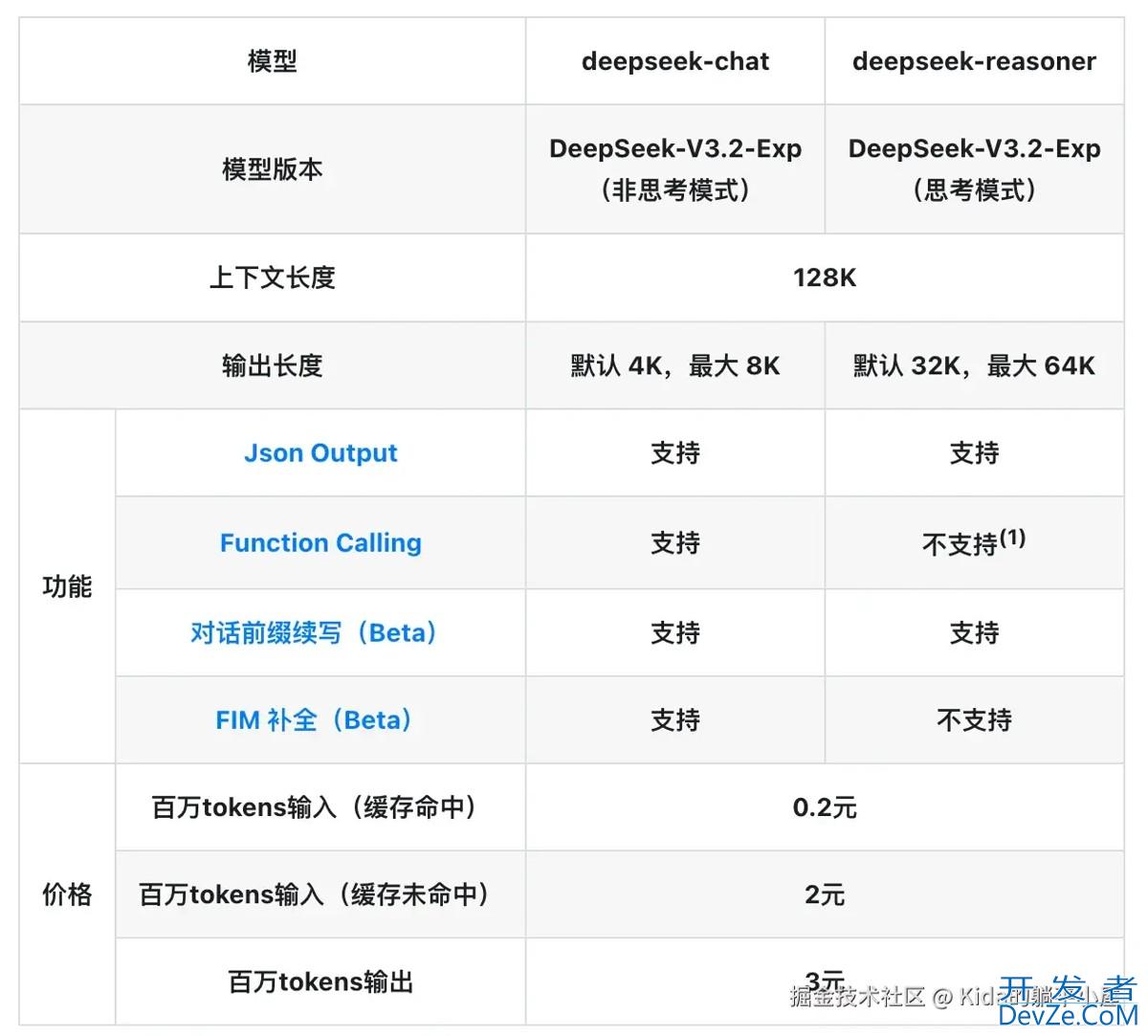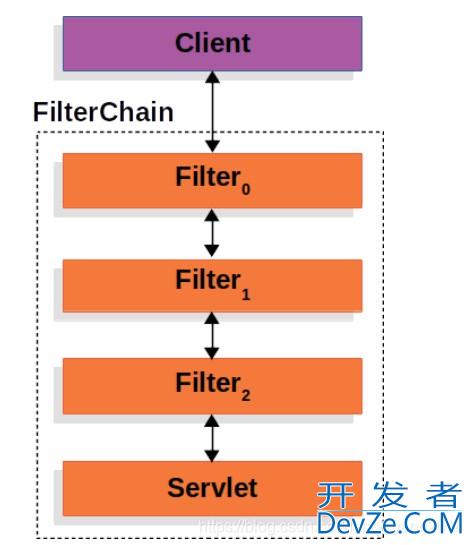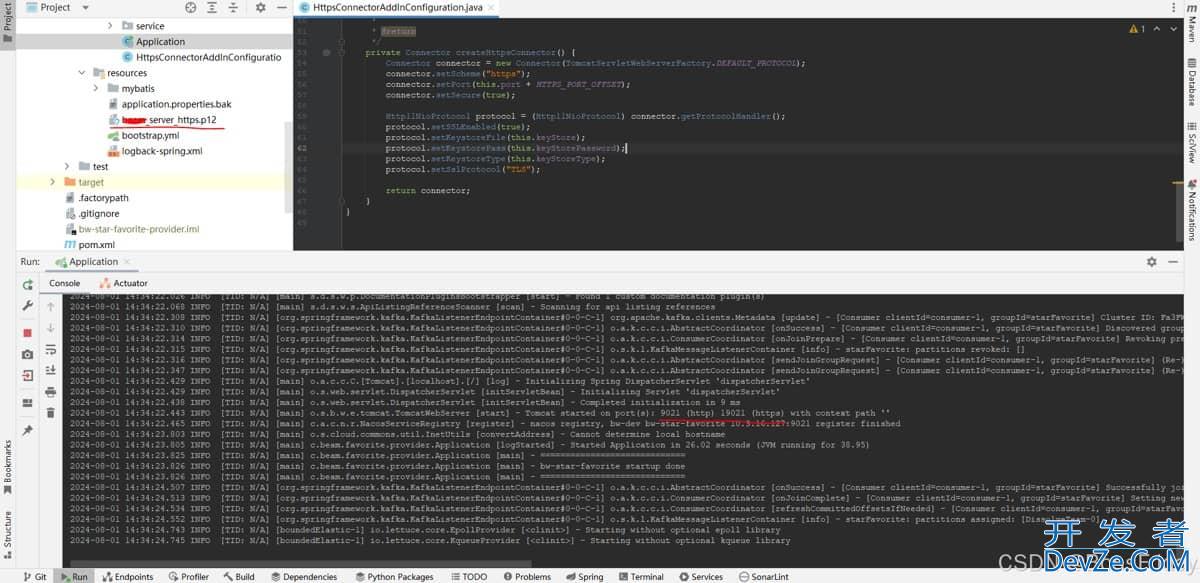目录
- 一、系统概述
- 二、核心代码解析
- 1. 导入必要库
- 2. 辅助函数定义
- 3. 坐标点排序函数
- 4. 透视变换函数
- 5. 主程序流程
- 三、完整代码
- 四、结语
一、系统概述
该系统主要实现以下功能:
- 实时摄像头捕获图像
- 边缘检测和轮廓查找
- 文档轮廓识别
- 透 视变换矫正文档
- 二值化处理增强可读性
二、核心代码解析
1. 导入必要库
import numpy as np import cv2
我们主要使用NumPy进行数值计算,OpenCV进行图像处理。
2. 辅助函数定义
首先定义了一个简单的图像显示函数,方便调试:
def cv_show(name,img):
cv2.imshow(name,img)
cv2.waitKey(10)
3. 坐标点排序函数
order_points函数用于将检测到的文档四个角点按顺序排列(左上、右上、右下、左下):
def order_points(pts):
rect = np.zeros((4,2),dtype="float32")
s = pts.sum(axis=1)
rect[0] = pts[np.argmin(s)] # 左上点(x+y最小)
rect[2] = pts[np.argmax(s)] # 右下点(x+y最大)
diff = np.diff(pts,axis=1)
rect[1] = pts[np.argmin(diff)] # 右上点(y-x最小)
rect[3] = pts[np.argmax(diff)] # 左下点(y-x最大)
return rect
这个函数的作用是对给定的4个二维坐标点进行排序,使其按照左上、右上、右下、左下的顺序排列。这在文档扫描、图像矫正等应用中非常重要,因为我们需要知道每个角点的确切位置才能正确地进行透视变换。
函数详细解析
(1)排序逻辑说明
左上点(rect[0]):选择x+y值最小的点
- 因为左上角在坐标系中 x 和 y 值都较小,相加结android果最小
右下点(rect[2]):选择x+y值最大的点
- 因为右下角在坐标系中 x 和 y 值都较大,相加结果最大
右上点(rect[1]):选择y-x值最小的点
- 右上角的特点是 y 相对较小而 x 相对较大,所以 y-x 值最小
左下点(rect[3]):选择y-x值最大的点
- 左下角的特点是 y 相对较大而 x 相对较小,所以 y-x 值最大
(2)示例
假设有4个点:
A(10, 20) # 假设是左上 B(50, 20) # 右上 C(50, 60) # 右下 D(10, 60) # 左下
计算过程:
x+y值:[30, 70, 110, 70]
- 最小30 → A(左上)
- 最大110 → C(右下)
y-x值:[10, -30, 10, 50]
- 最小-30 → B(右上)
- 最大50 → D(左下)
最终排序结果:[A, B, C, D] 即 [左上, 右上, 右下, 左下]
(3)为什么这种方法有效
这种方法利用了二维坐标点的几何特性:
- 在标准坐标系中,左上角的x和y值都较小
- 右下角的x和y值都较大
- 右上角的x较大而y较小
- 左下角的x较小而y较大
通过简单的加减运算就能可靠地区分出各个角点,不需要复杂的几何计算。
4. 透视变换函数
four_point_transform函数实现了文档矫正的核心功能:
def four_point_transform(image,pts):
rect = order_points(pts)
(tl,tr,br,bl) = rect
# 计算变换后的宽度和高度
widthA = np.sqrt(((br[0] - bl[0]) ** 2) + ((br[1] - bl[1]) ** 2))
widthB = np.sqrt(((tr[0] - tl[0]) ** 2) + ((tr[1] - tl[1]) ** 2))
maxWidth = max(int(widthA),int(widthB))
heighta = np.sqrt(((tr[0] - br[0]) ** 2) + ((tr[1] - br[1]) ** 2))
heightB = np.sqrt(((tl[0] - bl[0]) ** 2) + ((tl[1] - bl[1]) ** 2))
maxHeight = max(int(heightA),int(heightB))
# 定义目标图像坐标python
dst = np.array([[0,0],[maxWidth - 1,0],
[maxWidth - 1,maxHeight - 1],[0,maxHeight - 1]],dtype="float32")
# 计算透视变换矩阵并应用
M = cv2.getPerspectiveTransform(rect,dst)
warped = cv2.warpPerspective(image,M,(maxWidth,maxHeight))
return warped
这个函数实现了透视变换(Perspective Transformation),用于将图像中的任意四边形区域矫正为一个矩形(即"去透视"效果)。
函数详细解析
- 输入参数
def four_point_transform(image, pts):
image: 原始图像pts: 包含4个点的数组,表示要转换的四边形区域
- 坐标点排序
rect = order_points(pts) (tl, tr, br, bl) = rect # 分解为左上(top-left)、右上(top-right)、右下(bottom-right)、左下(bottom-left)
使用之前介绍的order_points函数将4个点按顺序排列
- 计算输出图像的宽度
widthA = np.sqrt(((br[0] - bl[0]) ** 2) + ((br[1] - bl[1]) ** 2)) # 底边长度 widthB = np.sqrt(((tr[0] - tl[0]) ** 2) + ((tr[1] - tl[1]) ** 2)) # 顶边长度 maxWidth = max(int(widthA), int(widthB)) # 取最大值作为输出图像宽度
计算四边形底部和顶部的边长,选择较长的作为输出宽度
- 计算输出图像的高度
heightA = np.sqrt(((tr[0] - br[0]) ** 2) + ((tr[1] - br[1]) ** 2)) # 右边高度 heightB = np.sqrt(((tl[0] - bl[0]) ** 2) + ((tl[1] - bl[1]) ** 2)) # 左边高度 maxHeight = max(int(heightA), int(heightB)) # 取最大值作为输出图像高度
计算四边形右侧和左侧的边长,选择较长的作为输出高度
- 定义目标矩形坐标
dst = np.array([
[0, 0], # 左上
[maxWidth - 1, 0], # 右上
[maxWidth - 1, maxHeight - 1], # 右下
[0, maxHeight - 1] # 左下
], dtype="float32")
定义变换后的矩形角点坐标(从(0,0)开始的正矩形)
- 计算透视变换矩阵并应用
M = cv2.getPerspectiveTransform(rect, dst) # 计算变换矩阵 warped = cv2.warpPerspective(image, M, (maxWidth, maxHeight)) # 应用变换
getPerspectiveTransform: 计算从原始四边形到目标矩形的3x3变换矩阵warpPerspective: 应用这个变换矩阵到原始图像
- 返回结果
return warped
返回矫正后的矩形图像
- 透视变换原理图示
原始图像中的四边形 变换后的矩形
tl--------tr 0--------maxWidth
\ / | |
\ / | |
bl----br maxHeight
- 为什么需要这样计算宽度和高度?
取最大值的原因:
- 原始四边形可能有透视变形,两条对边长度可能不等
- 选择较大的值可以确保所有内容都能包含在输出图像中
减1的原因:
- 图像坐标从0开始,所以宽度为maxWidth的图像,最大x坐标是maxWidth-1
5. 主程序流程
主程序实现了实时文档检测和矫正的完整流程:
- 初始化摄像头
cap = cv2.VideoCapture(0)
if not cap.isOpened():
print("Cannot open camera")
exit()
- 实时处理循环
while True:
flag = 0
ret,image = cap.read()
orig = image.copy()
if not ret:
print("不能读取摄像头")
break
- 图像预处理
gray = cv2.cvtColor(image,cv2.COLOR_BGR2GRAY) gray = cv2.GaussianBlur(gray,(5,5),0) # 高斯滤波降噪 edged = cv2.Canny(gray,75,200) # Canny边缘检测
- 轮廓检测与筛选
cnts = cv2.findContours(edged,cv2.RETR_EXTIkxLdcYFERNAL,cv2.CHAIN_APPROX_SIMPLE)[-2]
cnts = sorted(cnts,key=cv2.contourArea,reverse=True)[:3] # 取面积最大的3个轮廓
for c in cnts:
peri = cv2.arcLength(c,True) # 计算轮廓周长
approx = cv2.approxPolyDP(c,0.05 * peri,True) # 多边形近似
area = cv2.contourArea(approx)
# 筛选四边形且面积足够大的轮廓
if area > 20000 and len(approx) == 4:
screenCnt = approx
flag = 1
break
- 文档矫正与显示
if flag == 1:
# 绘制轮廓
image_contours = cv2.drawContours(image,[screenCnt],0,(0,255,0),2)
# 透视变换
warped = four_point_transform(orig,screenCnt.reshape(4,2))
# 二值化处理
warped = cv2.cvtColor(warped,cv2.COLOR_BGR2GRAY)
ref = cv2.threshold(warped,0,255,cv2.THRESH_BINARY | cv2.THRESH_OTSU)[1]
三、完整代码
# 导入工具包
import numpy as np
import cv2
def cv_show(name,img):
cv2.imshow(name,img)
cv2.waitKey(10)
def order_points(pts):
# 一共4个坐标点
rect = np.zeros((4,2),dtype="float32") # 用来存储排序之后的坐标位置
# 按顺序找到对应坐标0123分别是 左上、右上、右下、左下
s = pts.sum(axis=1) #对pts矩阵的每一行进行求和操作,(x+y)
rect[0] = pts[np.argmin(s)]
rect[2] = pts[np.argmax(s)]
diff = np.diff(pts,axis=1) #对pts矩阵的每一行进行求差操作,(y-x)
rect[1] = pts[np.argmin(diff)]
rect[3] = pts[np.argmax(diff)]
return rect
def four_point_transform(image,pts):
# 获取输入坐标点
rect = order_points(pts)
(tl,tr,br,bl) = rect
# 计算输入的w和h值
widthA = np.sqrt(((br[0] - bl[0]) ** 2) + ((br[1] - bl[1]) ** 2))
widthB = np.sqrt(((tr[0] - tl[0]) ** 2) + ((tr[1] - tl[1]) ** 2))
maxWidth = max(int(wandroididthA),int(widthB))
heightA = np.sqrt(((tr[0] - br[0]) ** 2) + ((tr[1] - br[1]) ** 2))
heightB = np.sqrt(((tl[0] - bl[0]) ** 2) + ((tl[1] - bl[1]) ** 2))
maxHeight = max(int(heightA),int(heightB))
# 变换后对应坐标位置
dst = np.array([[0,0],[maxWidth - 1,0],
[maxWidth - 1,maxHeight - 1],[0,maxHeight - 1]],dtype="float32")
M = cv2.getPerspectiveTransform(rect,dst)
warped = cv2.warpPerspective(image,M,(maxWidth,maxHeight))
# 返回变换后的结果
return warped
# 读取输入
import cv2
cap = cv2.VideoCapture(0) # 确保摄像头是可以启动的状态
if not cap.isOpened(): #打开失败
print("Cannot open camera")
exit()
while True:
flag = 0 # 用于标时 当前是否检测到文档
ret,image = cap.read() # 如果正确读取帧,ret为True
orig = image.copy()
if not ret: #读取失败,则退出循环
print("不能读取摄像头")
break
cv_show("image",image)
gray = cv2.cvtColor(image,cv2.COLOR_BGR2GRAY)
# 预处理
gray = cv2.GaussianBlur(gray,(5,5),0) # 高斯滤波
edged = cv2.Canny(gray,75,200)
cv_show('1',edged)
# 轮廓检测
cnts = cv2.findContours(edged,cv2.RETR_EXTERNAL,cv2.CHAIN_APPROX_SIMPLE)[-2]
cnts = sorted(cnts,key=cv2.contourArea,reverse=True)[:3]
image_contours = cv2.drawContours(image,cnts,-1,(0,255,0),2)
cv_show("image_contours",image_contours)
# 遍历轮廓
for c in cnts:
# 计算轮廓近似
peri = cv2.arcLength(c,True) # 计算轮廓的周长
# C 表示输入的点集
# epsilon表示从原始轮廓到近似轮廓的最大距离,它是一个准确度参数
# True表示封闭的
approx = cv2.approxPolyDP(c,0.05 * peri,True) # 轮廓近似
area = cv2.contourArea(approx)
# 4个点的时候就拿出来
if area > 20000 and len(approx) == 4:
screenCnt = approx
flag = 1
print(peri,area)
print("检测到文档")
break
if flag == 1:
# 展示结果
# print("STEP 2: 获取轮廓")
image_contours = cv2.drawContours(image,[screenCnt],0,(0,255,0),2)
cv_show("image",image_contours)
# 透视变换
warped = four_point_transform(orig,screenCnt.reshape(4,2))
cv_show("warped",warped)
# 二值处理
warped = cv2.cvtColor(warped,cv2.COLOR_BGR2GRAY)
# ref = cv2.threshold(warped,220,255,cv2.THRESH_BINARY)[1]
ref = cv2.threshold(warped,0,255,cv2.THRESH_BINARY | cv2.THRESH_OTSU)[1]
php cv_show("ref",ref)
cap.release() # 释放捕捉器
cv2.destroyAllWindows() #关闭图像窗口
四、结语
本文介绍了一个基于OpenCV的实时文档扫描与矫正系统,通过边缘检测、轮廓分析和透视变换等技术,实现了文档的自动检测和矫正。该系统可以方便地应用于日常文档数字化工作,提高工作效率。
完整代码已在上文中给出,读者可以根据自己的需求进行修改和扩展。OpenCV提供了强大的图像处理能力,结合python的简洁语法,使得开发这样的实用系统变得简单高效。
以上就是使用Python和OpenCV实现实时文档扫描与矫正系统的详细内容,更多关于Python OpenCV文档扫描与矫正的资料请关注编程客栈(www.devze.com)其它相关文章!







 加载中,请稍侯......
加载中,请稍侯......
精彩评论